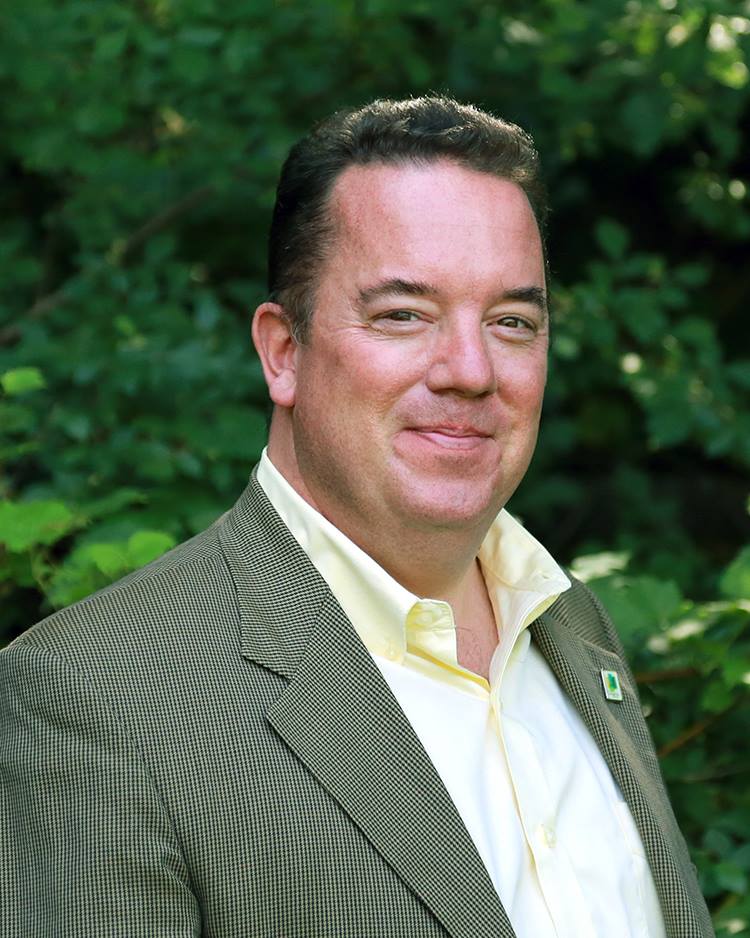- Home
- About Us
- The Team / Contact Us
- Books and Resources
- Privacy Policy
- Nonprofit Employer of Choice Award

 Wouldn't it be great if there was a body of knowledge out there that could dramatically improve our fundraising results? What if we told you that, in fact, that body of knowledge actually exists but is underutilized? Well, it does exist, and it's time for us all to get familiar with the infinite possibilities it opens up.
Wouldn't it be great if there was a body of knowledge out there that could dramatically improve our fundraising results? What if we told you that, in fact, that body of knowledge actually exists but is underutilized? Well, it does exist, and it's time for us all to get familiar with the infinite possibilities it opens up.
The for-profit world has been using behavioural economics to fine tune their marketing and increase sales for decades. For us in the nonprofit sector, it's still a relatively new concept.
So what is it exactly?
 Essentially, behavioural economics is the study of the psychology behind how people make economic decisions. Another way of looking at it is by imagining that our brain looks like an iceberg. Only the very tip is exposed and it represents conscious decision-making. The part under the water (the biggest part of the iceberg) is our subconscious, and our subconscious is almost completely responsible for dictating how we act and what decisions we make. Behavioural economics looks at the part of our brain that is under water.
Essentially, behavioural economics is the study of the psychology behind how people make economic decisions. Another way of looking at it is by imagining that our brain looks like an iceberg. Only the very tip is exposed and it represents conscious decision-making. The part under the water (the biggest part of the iceberg) is our subconscious, and our subconscious is almost completely responsible for dictating how we act and what decisions we make. Behavioural economics looks at the part of our brain that is under water.
Since we can't talk about every principle of behavioural economics in one short article, we've chosen to focus on just one.
This month's tip is to use the concept of anchoring in your fundraising efforts.
Think of the last time you were at the grocery store. You may have noticed a big display at the end of one of the aisles advertising toilet paper on sale. It’s a pretty good sale, and clearly the store is running low because there is a limit of four packages of toilet paper per customer. But is that what is really going on?
Back in 1998, researchers at Cornell conducted a study that looked at behavioural economics as it relates to food psychology. The researchers worked with a grocery store to set up a display similar to the one above, but with cans of soup. On any given day, customers saw one of three displays advertising the soup on sale for $0.79 (regular price was $0.89):
Here’s what happened in each of the three scenarios:
The above is a perfect illustration of the concept of anchoring. We, as human beings, will automatically anchor our decision-making to the first number we see. So, in limiting a purchase to 4 or 12, we’re anchoring to that number and adjusting our buying behavior accordingly.
We see the same thing in used car lots. Typically, the sticker price on the used car is more than the car is actually worth, and more than the seller expects to sell it for. But, we anchor to that price and when we’re able to negotiate a slightly lower price (even if that lower price is still more than the car is worth), then we feel very satisfied with our purchase.
What does this have to do with fundraising?
By being thoughtful about how we anchor our offers, we too can increase our revenue. Let’s look at two different examples:
2.In a recent presentation we gave in Kingston, Ontario, we tested out the concept of anchoring with our live audience. Leah set up the experiment by talking about the fictional Leah’s Shoe Foundation, whose mission was to bring good shoes to all. She made a pitch for support, and asked the audience to please consider a gift using the reply coupons on their table to make a donation. Unbeknownst to the audience, they’d been divided into three and each group had a different gift string on their reply coupon. Here are the gift strings, and the resulting average gifts (note that outlying gifts were removed):
Clearly, the participants anchored to the first number they read.
There are other ways that we can use anchoring. Think about how people view your website, for example. Studies show that viewers scan content in an “F” pattern. Why not put your most compelling and powerful statement -- the statement that leads your reader in the direction you want them to go – in the top right? Anchor them with that statement.
In your conversations with donors, think carefully about your first sentence or two. What anchoring statement can you include (similar to what Scott does with his major gift prospects)?
Where else can you use anchoring? Have you tried this concept and are you willing to share examples? Get in touch with us. We’d love to hear your stories. In the meantime, we look forward to sharing other learnings from behavioural economics in future.
Leah Eustace, ACFRE, is Principal and Chief Idea Goddess with Good Works. A “fundraiser’s fundraiser” with a wide background in charitable fund development, she’s worked with clients including the Canadian Red Cross, the Canadian Breast Cancer Foundation, CARE Canada and the UN Refugee Agency Canada on social media, direct marketing, donor research and legacy marketing.
She’s Past President of the Ottawa Chapter of AFP, President-Elect of the AFP Foundation for Philanthropy-Canada, and a member of AHP, NTEN, the CMA and CAGP.
Scott Fortnum is the Executive Director of The Living City Foundation supporting Toronto and Region Conservation (TRCA). Beginning in fundraising as a student calling alumni in the 80s, Scott has spent his entire career raising funds for organizations across Canada. He is a CFRE and ACFRE and has MA in Philanthropy and Development. Actively involved with AFP ,Scott serves on the ACFRE certification Board, chairs the International Awards Committee and is a member of the Greater Toronto Chapter Ethics Committee, A frequent speaker at conferences across North America, he is also an instructor at North Park University in Chicago and Georgian College in Barrie.
Scott is also a trained auctioneer and can often be found calling bids at charity events across the country.